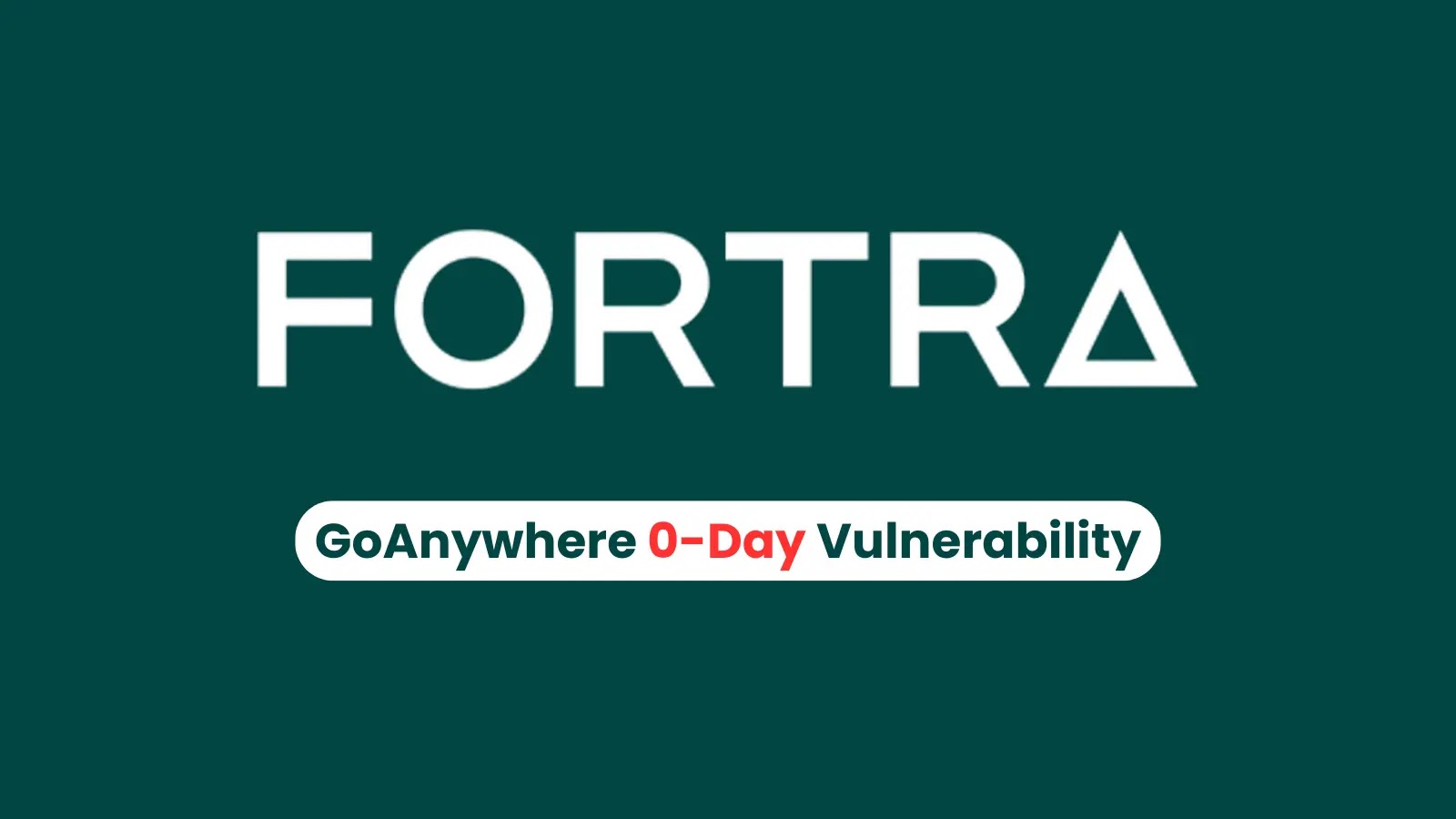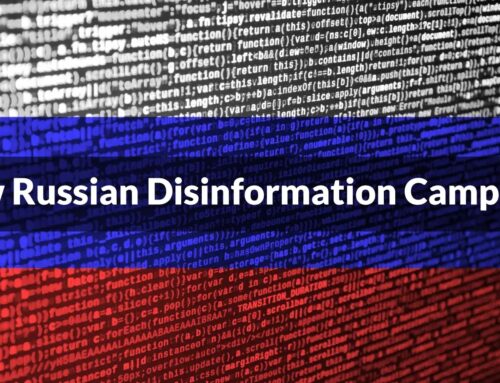
Fortra GoAnywhere Vulnerability Exploited as 0-Day Before Patch
In the high-stakes world of cybersecurity, a zero-day vulnerability is every organization’s nightmare. It represents a critical flaw, unknown to the vendor, that is actively exploited by threat actors before a patch is even available. Such was the case with a recent, devastating security lapse concerning Fortra’s GoAnywhere Managed File Transfer (MFT) solution. This incident serves as a stark reminder of the persistent and evolving threats facing digital infrastructure.
The Critical Fortra GoAnywhere Zero-Day Exploitation
Fortra’s GoAnywhere MFT, a widely used tool for secure data transfers, was recently thrust into the cybersecurity spotlight when a severe vulnerability was actively exploited in the wild. This wasn’t merely a theoretical flaw; it was a live, unpatched weakness being leveraged by attackers to gain unauthorized access and execute malicious code.
The vulnerability, tracked as CVE-2025-10035, is a command injection flaw. What makes this particularly dangerous is its nature: it allows for unauthenticated remote code execution. This means an attacker, without needing any credentials or prior access, could remotely issue commands and take control of vulnerable GoAnywhere MFT instances. The severity of this issue is reflected in its assigned CVSS score: a perfect 10.0 out of 10.0, indicating maximum impact and ease of exploitability.
Evidence suggests that this critical flaw was being exploited as a zero-day for at least a week before Fortra released a patch to address it. Security firm watchTowr was among the first to report credible evidence of these active exploits, highlighting the urgency and real-world implications of the vulnerability.
Understanding Managed File Transfer (MFT) Vulnerabilities
Managed File Transfer (MFT) solutions are crucial components in many organizations’ IT ecosystems. They facilitate the secure and reliable exchange of sensitive data both internally and with external partners. Due to their role in handling critical information, MFT platforms often become high-value targets for adversaries.
Vulnerabilities in MFT solutions can lead to:
- Data Breaches: Unauthorized access to sensitive customer data, financial records, or intellectual property.
- Ransomware Attacks: Exploitation of MFT systems as an entry point for broader network compromise and subsequent encryption of critical systems.
- Operational Disruption: Tampering with or deleting essential files, leading to business interruptions.
- Supply Chain Attacks: Compromising an MFT solution used by one organization to then attack its partners or customers.
The Fortra GoAnywhere incident underscores the importance of stringent security measures and rapid response capabilities for any system handling critical data transfers.
Remediation Actions for Fortra GoAnywhere Users
If your organization utilizes Fortra GoAnywhere MFT, immediate action is paramount to mitigate the risks associated with CVE-2025-10035. Here are the recommended steps:
- Apply the Official Patch Immediately: Ensure your GoAnywhere MFT installation is updated to the latest patched version released by Fortra. This is the most critical step to address the command injection vulnerability.
- Review Logs for Compromise: Scrutinize all GoAnywhere MFT logs for any unusual activity, unauthorized file transfers, unexpected commands, or suspicious login attempts dating back several weeks prior to the initial public disclosure.
- Network Segmentation: Isolate your MFT solution on a network segment with strict access controls to limit its exposure to other internal systems and the internet.
- Strong Authentication: Implement multi-factor authentication (MFA) for all administrative interfaces and user accounts.
- Principle of Least Privilege: Ensure that all user accounts and system processes within GoAnywhere MFT operate with the minimum necessary permissions.
- Regular Backups: Maintain a robust backup strategy for your MFT configuration and data, ensuring backups are immutable and stored off-network.
- Penetration Testing and Vulnerability Scanning: Regularly perform security assessments focused on your MFT infrastructure to identify and address potential weaknesses proactively.
Tools for Detection and Mitigation
Organizations can leverage various cybersecurity tools to aid in the detection, scanning, and mitigation of vulnerabilities like CVE-2025-10035. While some are general-purpose, others are highly specialized.
| Tool Name | Purpose | Link |
|---|---|---|
| Nessus | Vulnerability scanning and assessment for identifying known flaws. | https://www.tenable.com/products/nessus |
| OpenVAS | Open-source vulnerability scanner to detect security weaknesses. | https://www.openvas.org/ |
| Wireshark | Network protocol analyzer for deep inspection of network traffic to detect suspicious activity. | https://www.wireshark.org/ |
| Security Information and Event Management (SIEM) Systems | Centralized logging and real-time analysis of security alerts from various sources. (e.g., Splunk, IBM QRadar) | (Varies by vendor) |
| Endpoint Detection and Response (EDR) Solutions | Monitors and responds to threats on endpoints, helping detect post-exploitation activities. (e.g., CrowdStrike, SentinelOne) | (Varies by vendor) |
Lessons Learned from the Fortra GoAnywhere Incident
The zero-day exploitation of Fortra’s GoAnywhere MFT offers several critical takeaways for the cybersecurity community:
- Proactive Threat Hunting is Essential: Relying solely on official vendor patches is insufficient when facing sophisticated attackers. Proactive threat hunting and continuous monitoring can help identify anomalous behavior indicative of zero-day exploits.
- MFT Solutions are High-Value Targets: Due to their role in data transfer, MFT platforms are prime targets. Their security posture requires continuous scrutiny and regular audits.
- Rapid Patching is Non-Negotiable: Once a patch is released, organizations must prioritize critical updates. Delays significantly increase the window of opportunity for attackers.
- Defense-in-Depth Remains Core: Layered security controls, including network segmentation, strong authentication, and robust logging, are vital to minimize the impact of a successful breach.
The Fortra GoAnywhere zero-day serves as a stark reminder that even seemingly secure enterprise solutions can harbor critical vulnerabilities. Vigilance, rapid response, and a comprehensive security strategy are non-negotiable in protecting sensitive data and maintaining operational integrity.





